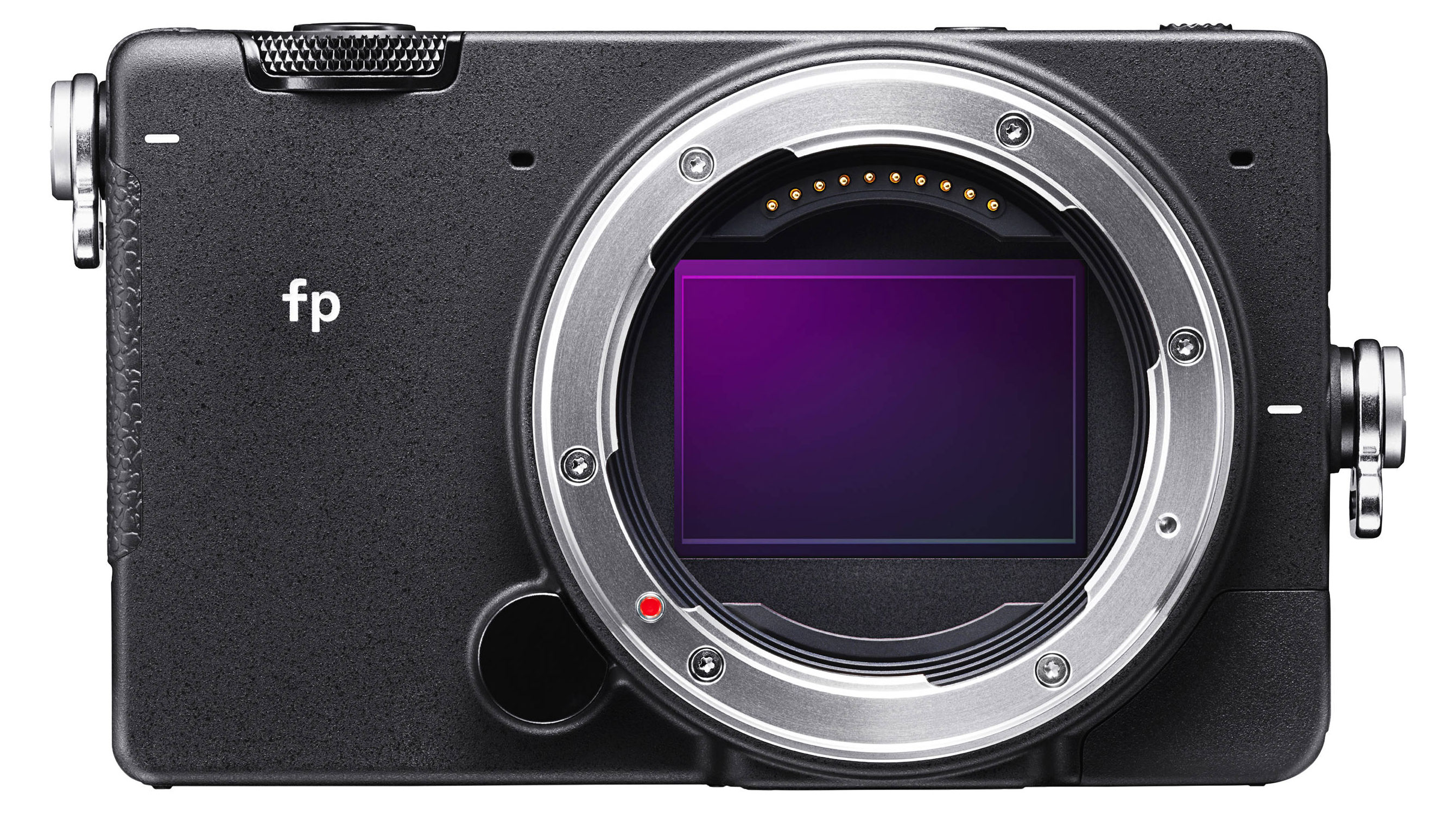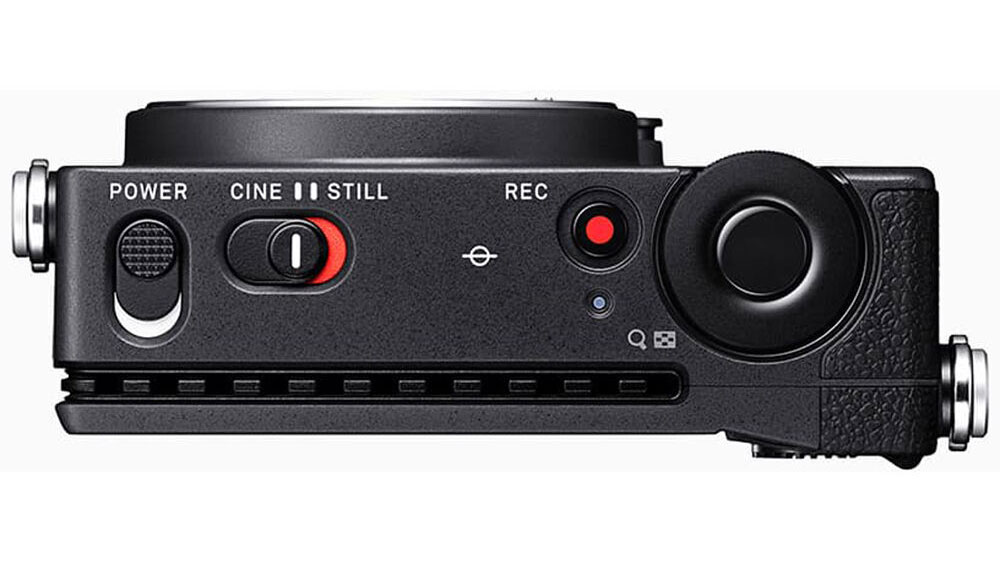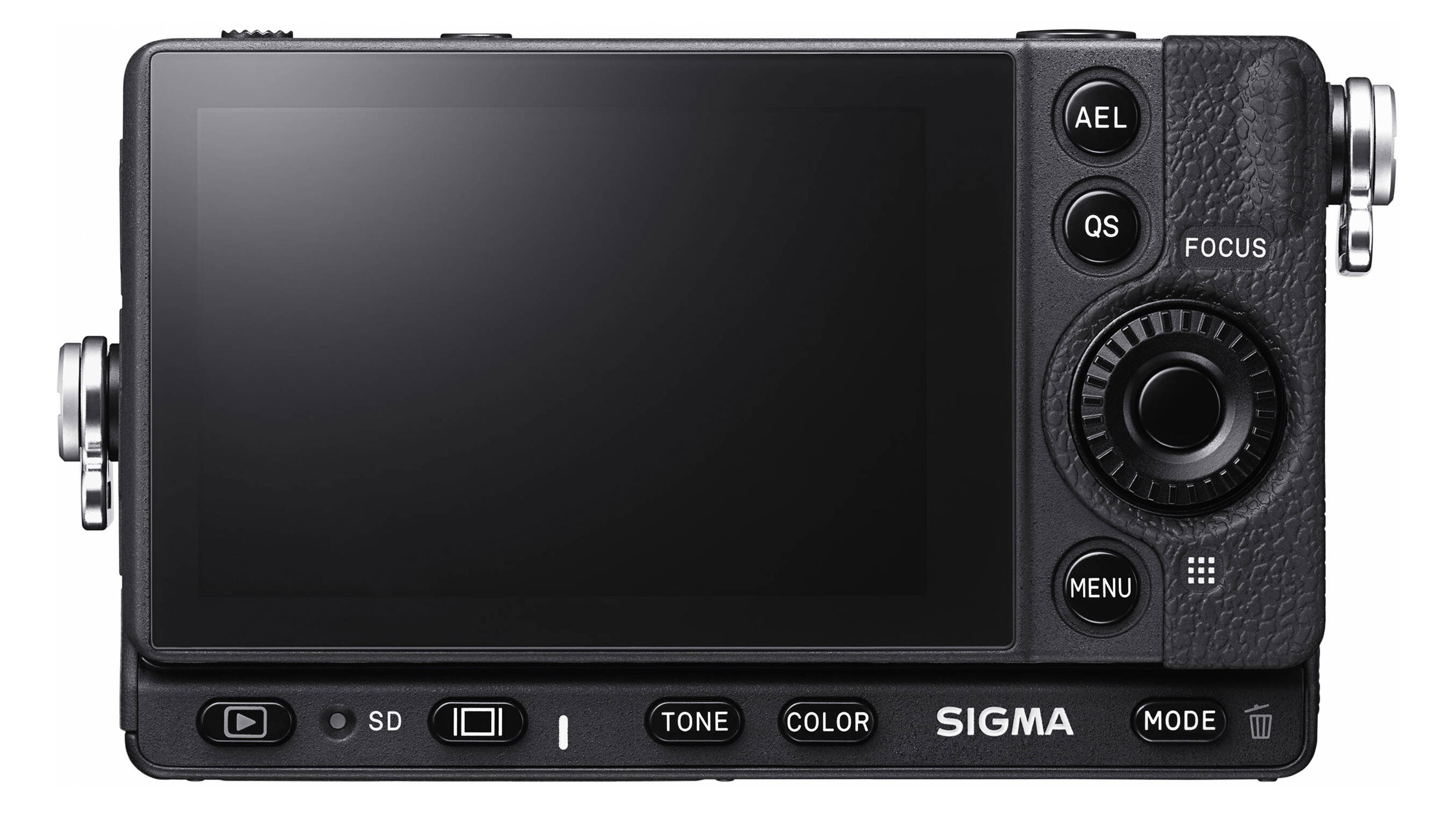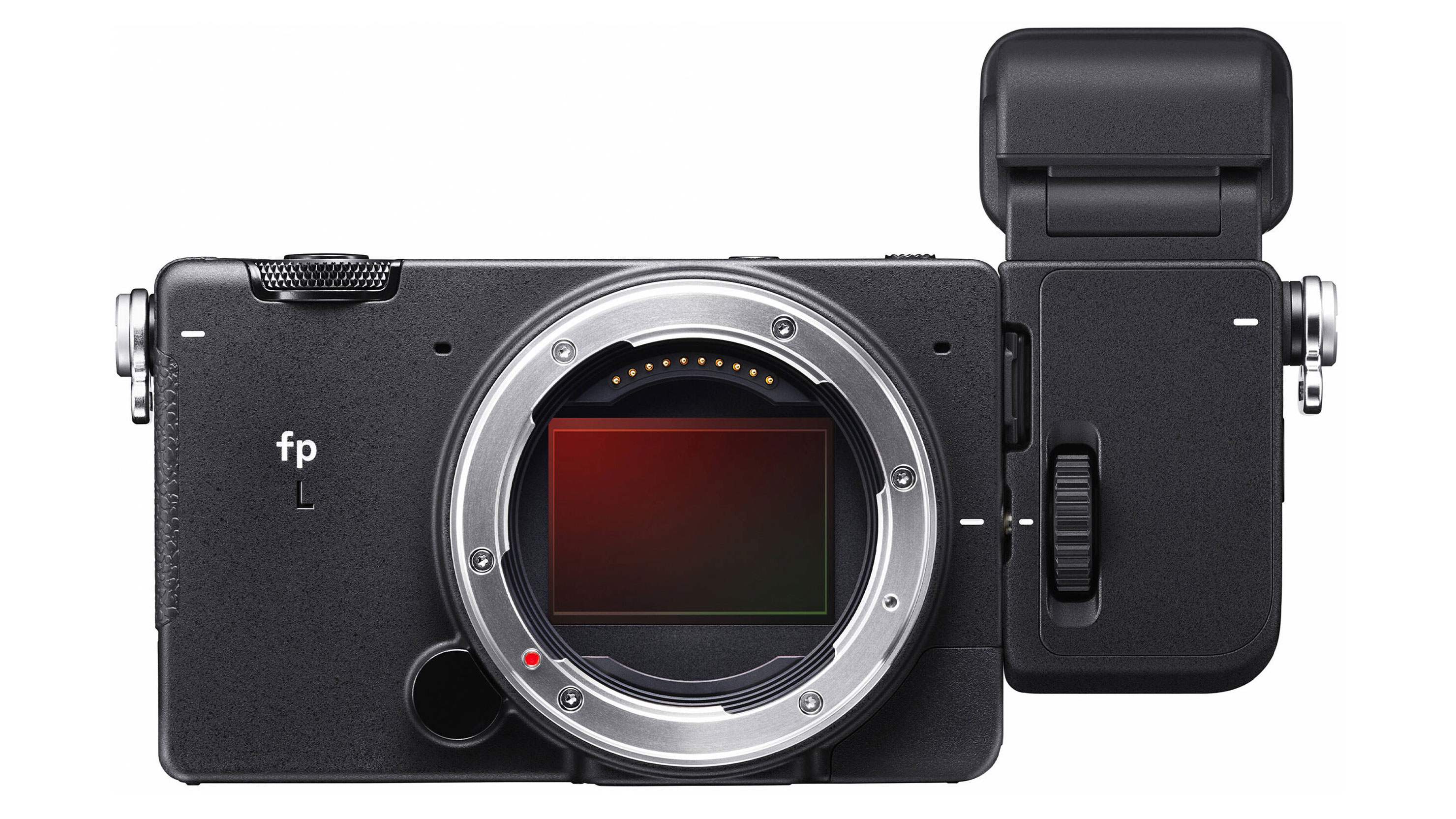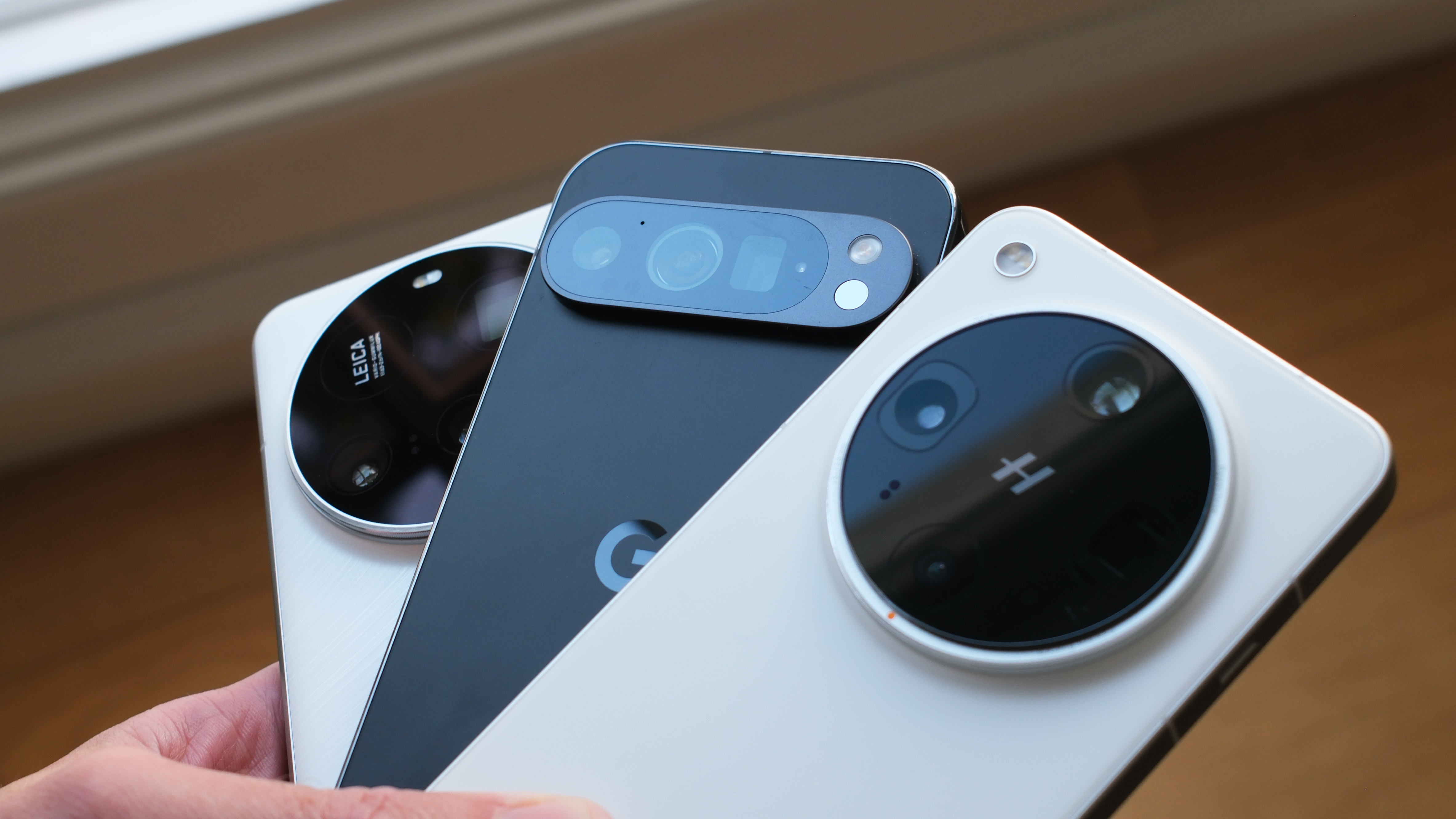Sigma fp vs Sigma fp L: what's new and what's the same in Sigma's latest camera?
The new Sigma fp L offers more than twice the resolution of the original Sigma fp, but what are the other differences?
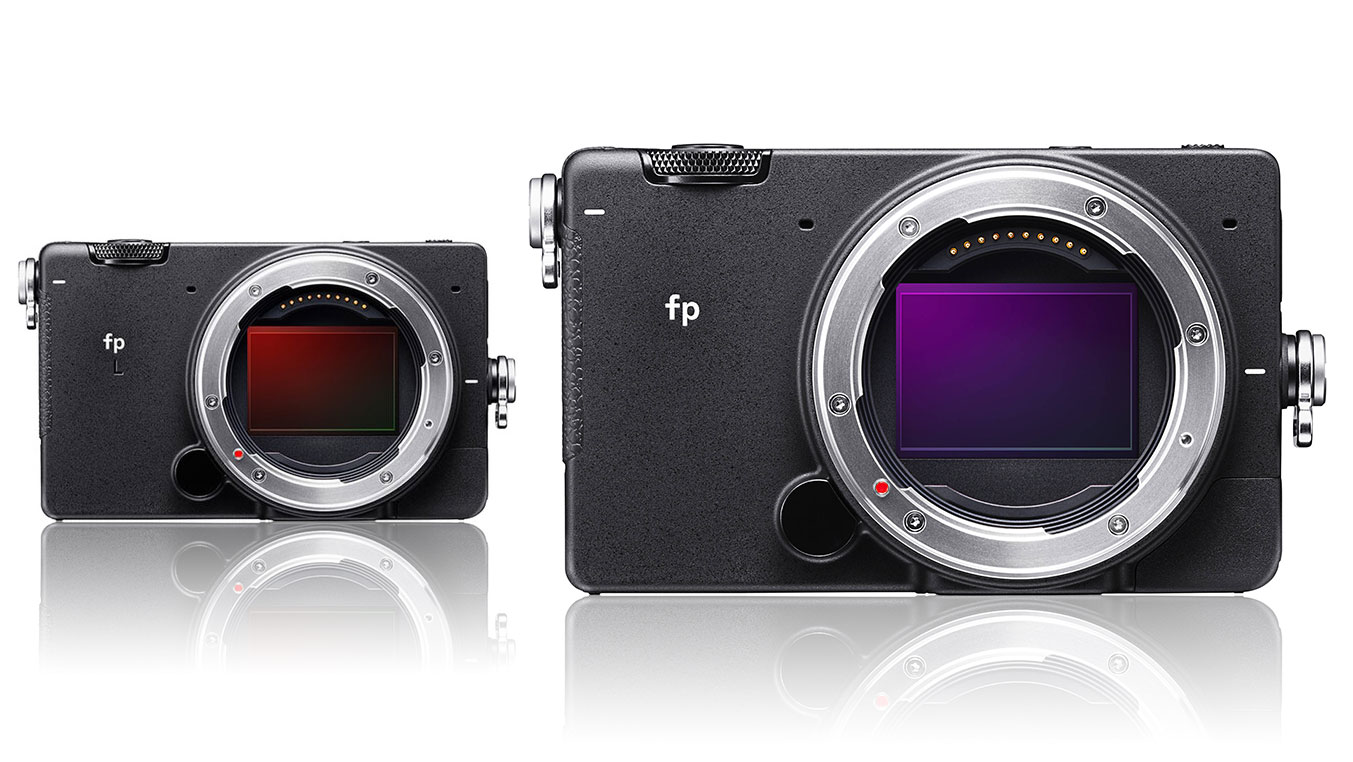
The original Sigma fp is a fascinating camera in its own right, but the new Sigma fp L raises the bar for resolution with a huge jump up from the Sigma up’s 24 megapixels to a massive 61MP – the same as the Sony A7R IV (we assume it’s essentially the same sensor).
Does this mean the Sigma fp L is aimed more at stills photographers, and that its sensitivity and video performance will be compromised? Not necessarily – Sigma’s enigmatic approach to camera design means the similarities between the Sigma fp and the Sigma fp L – and the differences – may not be quite what you expect.
Both cameras will be on sale alongside each other, so here is our Sigma fp vs Sigma fp L comparison to help you decide which is the right one for you.
1. Sensor
Why you can trust Digital Camera World
• Sigma fp: 35mm full-frame back-illuminated CMOS, 24.6MP
• Sigma fp L: 35mm full-frame back-illuminated CMOS, 61MP
This is the headline difference. Both cameras have a full frame back-illuminated CMOS sensor of the regular Bayer type (not a multi-layer Foveon sensor), but where the Sigma fp has an effective resolution of 24.6MP, the Sigma fp L more than doubles that with 61MP.
2. Still image size
• Sigma fp: 9,520 x 4,080
• Sigma fp L: 6,000×2,576
This high resolution sensor doesn’t alter the video specs (more on this shortly) but it does make the Sigma fp L massively more appealing for stills photographers, as it produces images with a horizontal and vertical resolution almost 60% greater than the Sigma fp’s.
3. ISO range
• Sigma fp: [Still] ISO 100, 640, [Cine] CinemaDNG 12 bit / HDMI RAW ISO 100, 3200, MOV / CinemaDNG 10 bit, 8 bit, HDMI 4:2:2 8 bit ISO 100, 640 • Settable range ISO 100-25600, exp. ISO 6-102400
• Sigma fp L: [Still] ISO 100, 400, [Cine] CinemaDNG 12 bit / HDMI RAW ISO 100, 1250, MOV / CinemaDNG 10 bit, 8 bit, HDMI 4:2:2 8 bit ISO 100, 250 • Settable range ISO 100-25600, exp. ISO 6-102400
This is more complicated because, like many cine cameras, both Sigma fp models have dual base ISO settings for optimum performance across the sensitivity range, and these do vary across the modes. The short answer is that the higher resolution Sigma fp L has a lower second base ISO, which we take to mean that it will not be quite as effective at high ISOs as the Sigma fp. Nevertheless, both cameras have the same settable ISO range of ISO 100-25600, expandable to ISO 6-102400.
4. Movie formats
• Sigma fp: CinemaDNG (8 bit, 10 bit, 12 bit) / MOV: H.264 (ALL-I, GOP)
• Sigma fp L: CinemaDNG (8 bit, 10 bit, 12 bit) / MOV: H.264 (ALL-I, GOP)
The internal recording formats are the same on both cameras, and they both use a single SD/SDHC/SDXC UHS-II memory card slot – they also support external recorders (see below)
5. Movie resolution
• Sigma fp: 3,840 x 2,160 (UHD 4K) / 23.98p, 24p, 25p, 29.97p, 1,920 x 1,080 (FHD) / 23.98p, 24p, 25p, 29.97p, 48p, 50p, 59.94p, 100p, 119.88p
• Sigma fp L: 3,840 x 2,160 (UHD 4K) / 23.98p, 24p, 25p, 29.97p, 1,920 x 1,080 (FHD) / 23.98p, 24p, 25p, 29.97p, 48p, 50p, 59.94p, 100p*, 119.88p* (* automatic crop for 100/120p)
Surprisingly, perhaps, the video resolutions and frame rates are the same on both cameras. The only difference is at the highest FHD frame rates, where the Sigma fp L has to switch to a crop mode to achieve its highest 100/120p frame rates.
6. HDMI output
• Sigma fp: 4:2:2 8 bit, 12 bit RAW, ATOMOS Ninja V, Blackmagic Video Assist 12G supported
• Sigma fp L: 4:2:2 8 bit, 12 bit RAW, ATOMOS Ninja V, Blackmagic Video Assist 12G supported
Both the Sigma fp and fp L can record 8-bit CinemaDNG internally, but if you want to capture higher bit depths and different raw formats, both cameras can capture ProRes RAW and Blackmagic RAW over HDMI to an ATOMOS Ninja V or Blackmagic Video Assist 12G respectively.
7. Maximum shooting time
• Sigma fp: 2hrs
• Sigma fp L: 2hrs
As we know, heat dissipation has become a hot topic for videographers (sorry), but Sigma claims the same maximum 2hr recording time for both cameras – which is interesting given that you might expect the fp L’s higher processing demands to generate more heat.
8. Shutter speeds
• Sigma fp: 30 to 1/8,000 sec. (1/4000sec with EIS), Bulb up to 300 sec. Flash sync speed 1/30 sec, 1/15 sec at 14 bit RAW
• Sigma fp L: 30 to 1/8,000 sec., Bulb up to 300 sec., Flash sync speed 1/15 sec, 1/10 sec at 14 bit RAW
What’s interesting here is not the differences, which are tiny, but the electronic shutter used in both cameras. The flash sync speed is very slow by mechanical shutter standards, suggesting both cameras are some way from full global shutter capability and have significant frame capture/scan times.
9. Continuous shooting
• Sigma fp: 18fps. 12 frames
• Sigma fp L: 10fps, 12 frames
The Sigma fp has a clear advantage in frame rate, but all is not as it seems. Neither camera has a big buffer, so you can only capture at these speeds for a second or less. Worse, the electronic shutter makes these cameras less effective for fast-moving subjects, so while short burst shooting may be useful now and again, these are not sports cameras.
10. Image stabilization
• Sigma fp: EIS
• Sigma fp L: EIS
Neither camera offers in-body stabilisation but both have electronic image stabilisation. This will carry little weight for stills photographers but can be important for video because it reduces sudden framing/movement variations between frames.
11. Autofocus
• Sigma fp: Contrast detection system, Single AF, Continuous AF (with moving object prediction function), Manual Focus
• Sigma fp L: Image plane phase-difference AF + Contrast detection system, Single AF, Continuous AF (with moving object prediction function), Manual Focus
This is a big change, because the original Sigma fp has come in for a lot of criticism for the slow and unpredictable performance of its contrast AF system. The Sigma fp L has a new hybrid contrast/phase AF system which should – we hope – be a substantial improvement. We will let you know as soon as we have been able to test this camera fully.
12. Monitor
• Sigma fp: 3.15-in TFT LCD touchscreen, 2.1m dots
• Sigma fp L: 3.15-in TFT LCD touchscreen, 2.1m dots
Physically, the Sigma fp and Sigma fp L are practically identical, and this certainly applies to the rear screen, which is the same 3.15-inch fixed touchscreen on both cameras.
13. Viewfinder
• Sigma fp: Optional external electronic viewfinder EVF-11, 3.68m dots (via future firmware update)
• Sigma fp L: Optional external electronic viewfinder EVF-11, 3.68m dots
The Sigma fp L is being sold both as a body only and as a kit with a new 3.68 million dot add-on EVF. The new EVF-11 module doesn’t just fit the new camera but will also be compatible with the existing Sigma fp – however, owners will have to wait for a future firmware update to be able to use it.
14. Battery and charging
• Sigma fp: BP-51, 280 shots, *Internal battery charge via USB terminal available. The camera can not be used while charging
• Sigma fp L: BP-52, 240 shots, * Internal battery charge via USB terminal available. Supports USB charging while the camera is on
The Sigma fp and fp L both use the same BP-51 lithium ion battery and, in fact, the older fp squeezes out a few more shots, at 280 frames per charge compared to 240 frames in the Sigma fp L. However, the fp L has a much more significant advantage – it Supports USB charging while the camera is running. This means you can use it for streaming right up to its 2hr limit.
15. Dimensions and weight
• Sigma fp: 112.6×69.9×45.3mm, 370g
• Sigma fp L: 112.6×69.9×45.3mm, 375g
To all intents and purposes, these two cameras are physically identically, right down to the dimensions. The only difference is that the Sigma fp L is 5g heavier at 375g, but that difference is too small to notice in use.
Sigma fp vs Sigma fp L: conclusions
The Sigma fp L looks like a massive upgrade over the existing Sigma fp, if only because of that new 61MP sensor. Equally important, though, is the new hybrid contrast/phase AF system, which should help overcome complaints about the Sigma fp’s AF performance. The new camera also allows simultaneous charging and filming via USB, which will make it much more effective for extended streaming sessions, for example.
However, the 61Mp resolution will be of interest mostly to stills photographers, as the Sigma fp L’s video specifications are almost unchanged – and still capped at 4K 30p. Stills photographers should not get too excited, either, as the fp L has an electronic shutter which severely restricts its usefulness for fast-moving subjects, burst shooting and flash photography.
If your main interest is video and you are not bothered by its contrast AF system, the older (and cheaper) Sigma fp does pretty much everything that the fp L does. If you also shoot stills, however, the fp L is much more tempting, and it also has the resolution to support crop format video and – potentially – 6K or 8K video. We have no idea if the processor could cope with these resolutions via future firmware updates, but the new sensor certainly has the resolution needed.
Our pick of the best lenses for the Sigma fp and fp L
Read more:
• Sigma fp review
• Sigma fp L review
• Best filmmaking camera
• Best cinema camera
• Best L mount lenses
The best camera deals, reviews, product advice, and unmissable photography news, direct to your inbox!

Rod is an independent photography journalist and editor, and a long-standing Digital Camera World contributor, having previously worked as DCW's Group Reviews editor. Before that he has been technique editor on N-Photo, Head of Testing for the photography division and Camera Channel editor on TechRadar, as well as contributing to many other publications. He has been writing about photography technique, photo editing and digital cameras since they first appeared, and before that began his career writing about film photography. He has used and reviewed practically every interchangeable lens camera launched in the past 20 years, from entry-level DSLRs to medium format cameras, together with lenses, tripods, gimbals, light meters, camera bags and more. Rod has his own camera gear blog at fotovolo.com but also writes about photo-editing applications and techniques at lifeafterphotoshop.com
